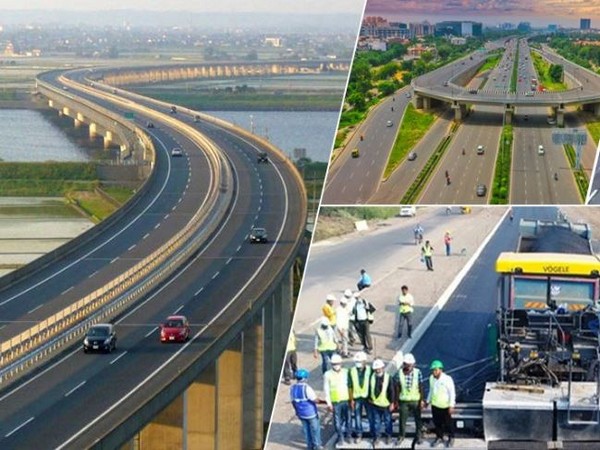New Delhi [India], August 1 (ANI): The Government of India and the World Bank have entered into an agreement for the construction of the Green National Highway Corridors Project (GNHCP), said the Ministry of Road Transport & Highways on Thursday.
This significant agreement covers an aggregate length of 781 kilometers across the states of Himachal Pradesh, Rajasthan, Uttar Pradesh, and Andhra Pradesh. The project will be supported by a loan assistance of USD 500 million from the World Bank, contributing to the total project cost of USD 1288.24 million (equivalent to Rs. 7,662.47 crore).
The Ministry further added that the scheduled date for completing the final package of the GNHCP project is set for May 2026.
Union Minister of Road and Transport, Nitin Gadkari said “Implementation of the Green National Highway Corridor Project, Government of India and the World Bank have signed an agreement for the construction of Green National Highway Corridors Project (GNHCP) in an aggregate length of 781 km for the states of Himachal Pradesh, Rajasthan, Uttar Pradesh and Andhra Pradesh, with loan assistance of US $ 500 million against total project cost of US $ 1288.24 million (Rs. 7,662.47 crores)” in a social media post on X.
The GNHCP aims to showcase safe and environmentally friendly highway construction, with a focus on climate resilience and the adoption of green technologies. One of the key aspects of this project is the conservation of natural resources, achieved by using materials such as cement-treated sub-base and reclaimed asphalt pavement.
Additionally, the project encourages the utilization of local and marginal materials, including lime, fly ash, and waste plastic. It also emphasizes bio-engineering measures for slope protection, incorporating innovative techniques like coco fiber or jute erosion control blankets combined with shrub or grass plantation, hydroseeding, and Shotcrete crib walls with vegetation.
Other methods include bamboo plantations, hedge brush layers, interlink chain mesh with grass strips, and geocells with hydroseeding. These techniques are particularly beneficial in hilly areas, where they are expected to reduce carbon emissions and promote the conservation of natural resources throughout the project’s life cycle, encompassing both construction and operation phases.
The primary objective of the GNHCP is to provide smooth, motorable roads with all-weather connectivity to surrounding areas. This infrastructure improvement is anticipated to foster socio-economic development, enhance trade, and improve regional connectivity.
The project is especially significant for its potential to bring inclusive growth and prosperity to the inner regions of the country, which may have previously been isolated from mainstream economic activities.
The ministry highlighted that the selected stretches of highway will not only improve local connectivity but also create new employment opportunities, thus facilitating the integration of these regions into the broader economic framework of the nation. (ANI)











